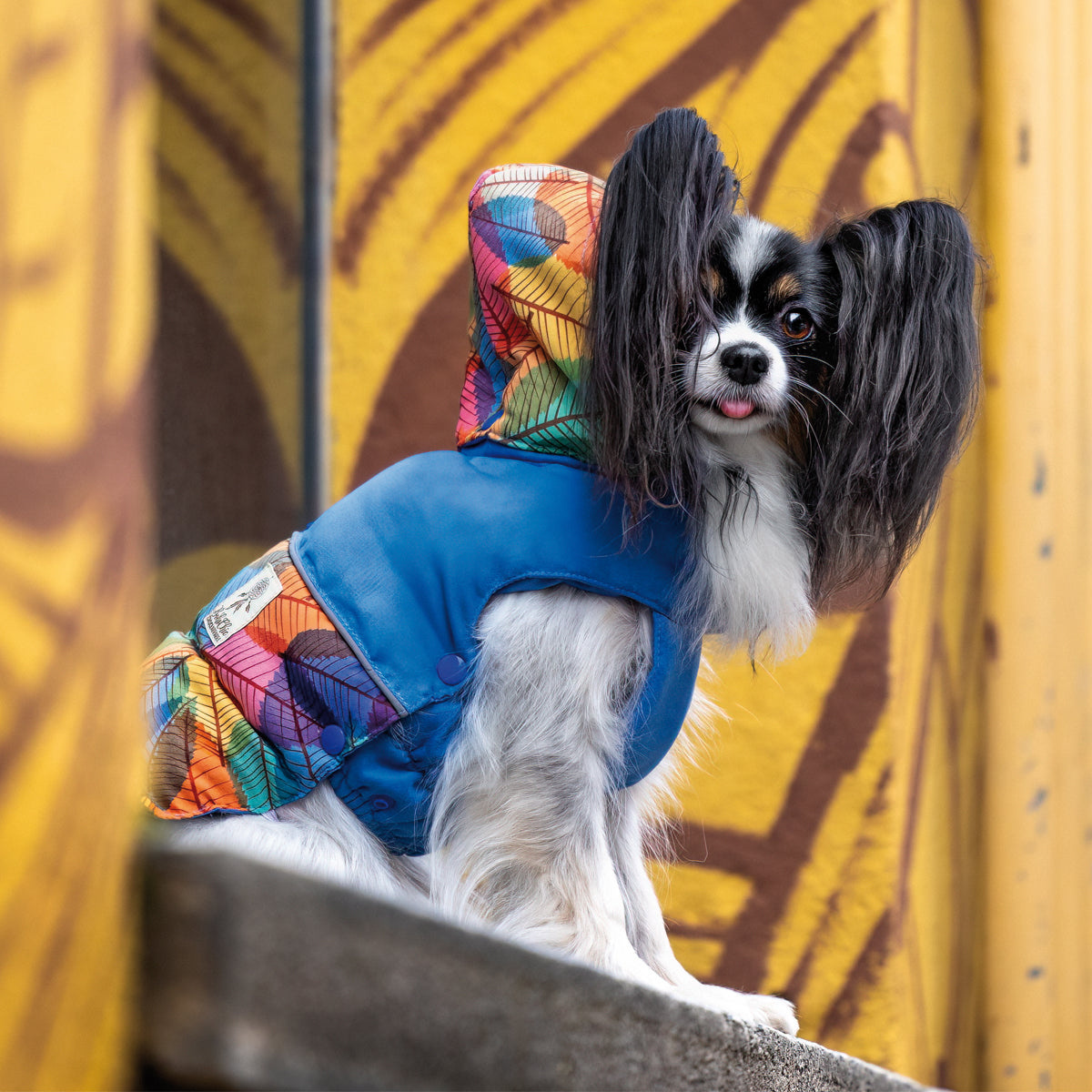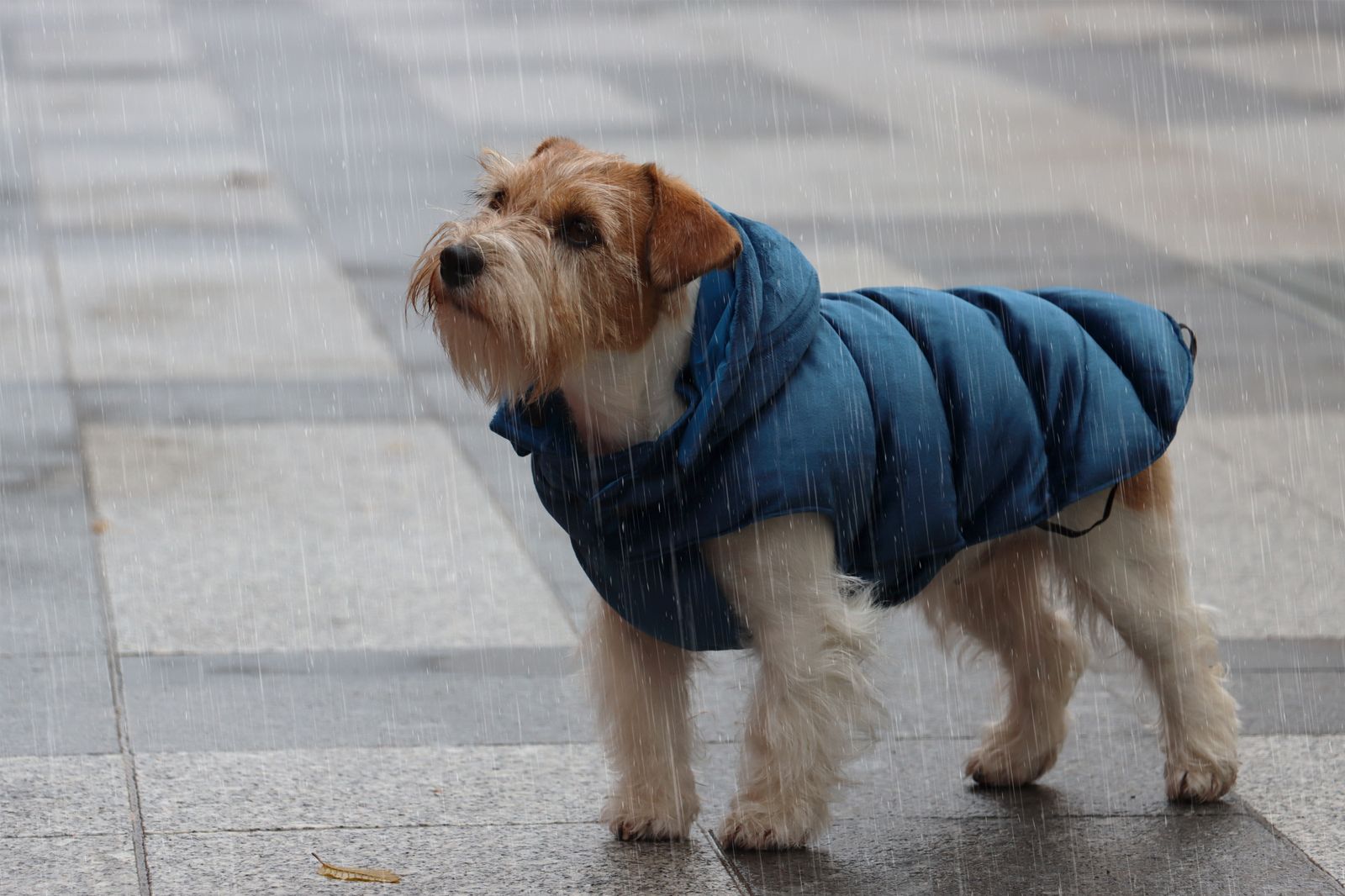If you have a dog, you have probably wondered what your puppy wants to communicate with his funny expressions and wagging tail. As in any relationship, good communication strengthens trust; knowing how to recognize the behavioral signals that are part of the dog's language will make you more confident in managing his reactions.
In fact, usually before biting, barking or doing any other dangerous action the animal performs some behaviors that, if recognized in time, can prevent dangerous situations for the animal itself and for those around it.
In this article…
How Dogs Communicate: Verbal Language and Body Language
Canine language , just like in humans, is made up of verbal and non-verbal language.
In the first case, there are different types of vocalizations, such as whining, barking and howling. The dog has a large amount of sounds: the bark to request attention, the submissive and pain whine, the dominance growl and the howl that is used to seek long-distance social contact.
In the second case, the communicative signals are multiple, precisely because the dog uses the whole body to express mood, emotions and intentions.
In this article we will give greater importance to posture, in fact being aware of the various meanings linked to the position of the body and its interaction with space is essential to recognize the puppy's moods and prevent possible dangerous situations.
How to Understand Dog Language: Posture
Speaking with Marika Gravili , a dog trainer also known on social media as Unusual Dog Sitter , we discovered that an element to take into consideration when you want to decipher your dog's moods and intentions is the observation of the posture and position of his body in space. The dog's posture can provide us with information in relation to the surrounding environment and other individuals.
Marika states, for example, that a self-confident dog is not afraid to position itself in the center of a room in a new context, while an introverted dog will be more inclined to position itself on the edges and perhaps with its back to the wall seeking protection. By analyzing the dog's posture we can be able to understand its intentions for example:
-
Stand in front of:
A dog that positions itself frontally with respect to another is a decisive, determined dog; this posture can also indicate threatening or competitive attitudes. -
Stand side by side:
It means that the dog is open to collaboration and alliance. -
Get behind :
It is a request for protection or indicates the desire to delegate the other individual to manage the situation. -
Get in front:
It means taking responsibility, protecting. -
Turn your back:
Cuts off communications.


Likewise, the trajectory and way in which a dog approaches another animal or a person can give us a better idea of its intentions.
For example, approaching head-on and directly can indicate competition or threat. A dog that instead of going straight towards another dog, makes a curve, wants to avoid conflict. A dog that walks next to another is a dog open to collaboration and in the same way it is with the owner when it walks sideways. When a dog approaches a dog or a person quickly and at an irregular pace it could be a symptom of nervousness or threat, while on the contrary if it were to approach in a calm manner it indicates respect and relaxation.
What do the tail movements mean?
Tail movement is another useful element to observe when you want to understand the mood of the dog. In fact, the tail is also used to communicate to others one's emotional state, the movements are never random but have a very precise meaning. Although there are different shapes and sizes, usually the different tail movements have the same meaning in all breeds.
Here are some examples that may be useful to better understand your puppy's intentions:
- The lively and wagging tail, with its wavy and fluid movement, is the easiest to recognize; in fact, it is usually associated with a cheerful dog, happy to see us again .
- We can recognize an anxious or insecure dog by a slow and stiff tail movement , or it can be a sign of potential incoming aggression .
- A symptom of true aggression, or of vigilance , is instead a tail held straight and raised upwards. When we recognise it, it is best to be alert.
- An alarmed dog , on the other hand, has an immobile posture, ears pricked and a tail perpendicular to the ground.
- Watch out for a short, fast wagging tail, it indicates that the dog is agitated or about to get up to some mischief .
- We can recognize a calm and relaxed puppy or one in total submission to whoever is near him by a tail tending downwards.
Knowing how to interpret your dog's intentions is essential when interacting with other dogs or people to maintain control of the situation and know how to optimally manage your animal. This little guide will certainly be helpful to you on many occasions.






